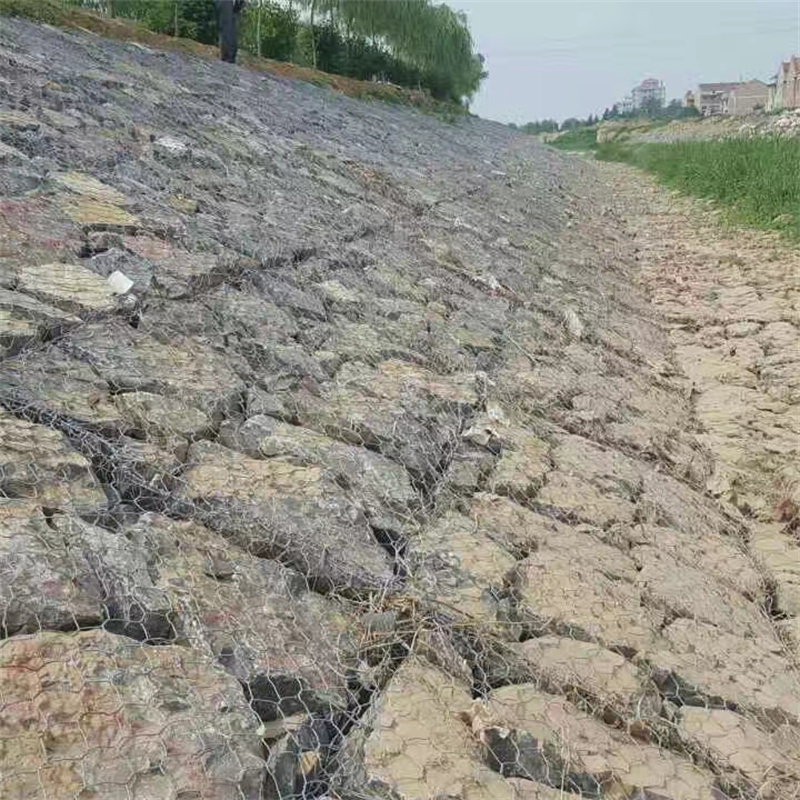jul . 28, 2024 16:29 Back to list
Exploring the Benefits of Using Gabion Walls for Effective Retaining Wall Solutions in Construction
Gabion Walls as Retaining Walls An Overview
Gabion walls have emerged as a popular and effective option for retaining walls in various civil engineering and landscaping projects. Comprising wire mesh baskets filled with stones, gabions offer both stability and aesthetic appeal. As the demand for sustainable and durable construction techniques grows, understanding the advantages and applications of gabion walls becomes increasingly important.
What Are Gabion Walls?
Gabion walls are structures made from wired baskets filled with rocks or other materials, creating a robust wall system. The term gabion originates from the Italian word gabbione, which means big cage. These walls are typically dry-stacked and constructed without the use of concrete, making them a flexible and environmentally friendly choice for retaining walls.
Advantages of Gabion Walls
1. Cost-Effectiveness Gabion walls are often more affordable than traditional retaining walls made of concrete or masonry. The materials used—typically locally sourced stones—can help reduce overall construction costs. Additionally, their installation requires less labor, further contributing to their cost-efficiency.
2. Ecological Benefits With a capacity to blend seamlessly into natural settings, gabion walls promote environmental sustainability. They allow for vegetation growth and provide habitat for local fauna. The permeability of gabion structures ensures that water can flow through, reducing the chances of erosion and promoting groundwater recharge.
3. High Durability Gabion walls are resilient structures that can withstand forces from earth pressure and water. The wire mesh is typically galvanized or coated to prevent rust and ensure longevity. Moreover, the flexibility of the design allows gabion walls to adapt to ground movement, reducing the risk of damage during seismic events.
4. Aesthetic Versatility Gabion walls can be an attractive addition to both residential and commercial landscapes. The choice of stone color, shape, and size allows for creative designs that enhance the visual appeal of outdoor spaces. They can be used in gardens, parks, and urban areas while complementing natural landscapes.
gabion wall as retaining wall factories

Applications of Gabion Walls
Gabion walls serve various functions, particularly in retaining walls. They are commonly used in both large-scale civil engineering projects and small residential landscaping. Specific applications include
- Slope Stabilization Gabion walls are effective in preventing soil erosion on slopes by providing a sturdy barrier. Their permeability helps manage water runoff, making them ideal for hilly terrains.
- Riverbank Protection In flood-prone areas, gabion walls protect riverbanks from erosion caused by strong currents. Their weight and structure effectively dissipate the force of flowing water.
- Noise Barriers In urban settings, gabion walls can be constructed as noise barriers to reduce sound pollution from highways or industrial areas, providing a dual function of utility and landscape enhancement.
- Site Retention For residential projects where a level space is required, gabion walls offer a practical solution for retaining soil, particularly in properties with significant elevation changes.
Conclusion
Gabion walls represent a modern solution to traditional retaining wall challenges. Their numerous benefits—ranging from cost-effectiveness and durability to ecological advantages—make them an attractive option for many construction projects. As awareness about sustainable building practices increases, the use of gabion walls is likely to expand, further solidifying their place in the future of civil engineering and landscape architecture. By combining functionality with unrivaled aesthetics, gabion walls offer not only a way to manage earth and water but also a means to enhance the natural beauty of the environment.
-
The Role of Galvanized Gabion Mesh in Riverbank Protection
NewsJun.26,2025
-
The Role of Gabion Basket Raised Bed in Sustainable Gardening
NewsJun.26,2025
-
Quality Assurance of Wire Mesh Gabion Baskets
NewsJun.26,2025
-
Installation Guide for Welded Gabion Box
NewsJun.26,2025
-
How to Choose the Right Gabion Box
NewsJun.26,2025
-
Different Types of Gabion Wire Mesh
NewsJun.26,2025
-
Why PVC Coated Gabion Mattress Is the Best Solution for Long-Term Erosion Control
NewsMay.23,2025






